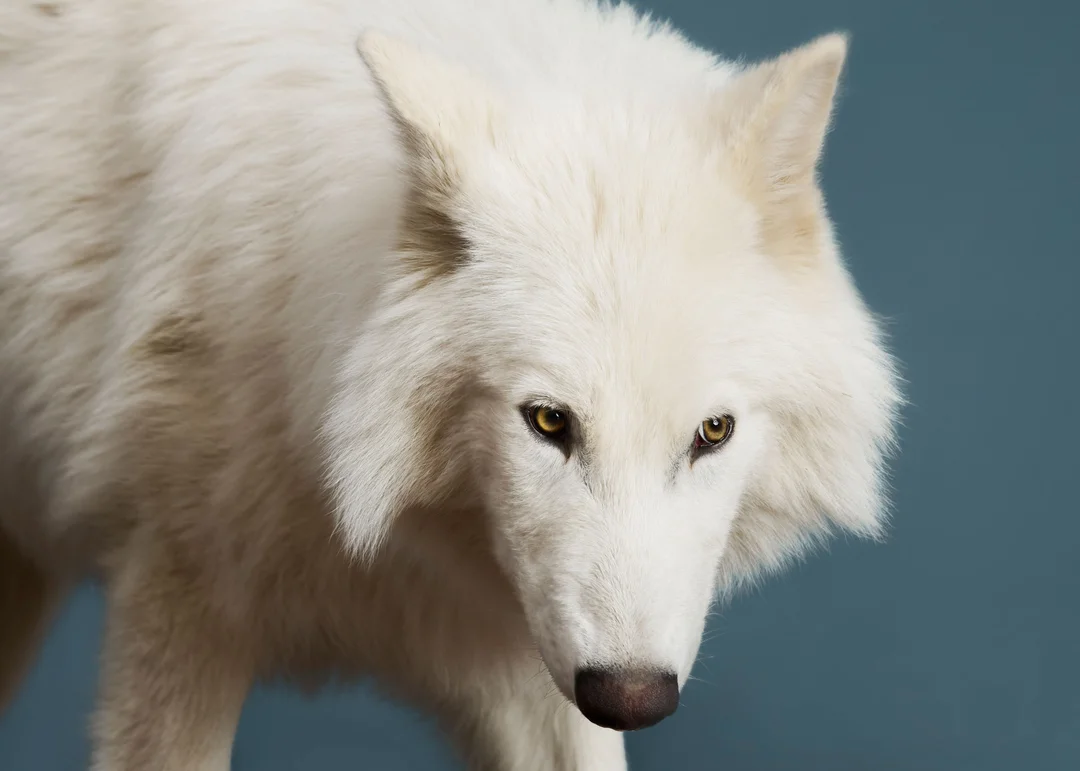
The Controversial De-Extinction of The Dire Wolf: Hope or Distraction?
The recent announcement that scientists have achieved a form of "de-extinction" of the dire wolf (Aenocyon dirus) has sparked both excitement and controversy across the globe. This project, led by Colossal Biosciences, aims to reintroduce a genetically modified version of this long-extinct species, which vanished approximately 13,000 years ago. However, while some celebrate it as a groundbreaking conservation effort, many experts argue it could detract from the urgent need to protect existing species and their habitats.
Colossal's project has involved editing 14 genes in the gray wolf's genome using CRISPR-Cas9 technology to create what they refer to as "dire wolves." But is it truly ethical or effective to resurrect a species in this manner? These genetically modified creatures are essentially advanced versions of gray wolves, raising the question of whether such efforts are mere marketing stunts that divert attention from the ongoing extinction crisis threatening hundreds of species worldwide.

Critics argue that the financial resources pouring into this de-extinction project could be better utilized for proven conservation strategies such as habitat protection and restoration. The reality is that approximately 150 species continue to go extinct every day, and these urgent issues demand immediate and sustainable solutions instead of temporary fixes.
Moreover, framing extinction as something reversible can create a false sense of security. Headlines celebrating the dire wolf's "return" could inadvertently shift public focus away from real conservation efforts and diminish awareness of the severe threats faced by existing biodiversity. A key concern is that if society believes endangered species can be brought back, it could lessen the urgency to protect those already at risk.

Furthermore, recent comments from public officials, such as the Trump administration's Interior Secretary Doug Burgum, suggest that advancements in biotechnology could serve as a justification for rolling back protective measures like the Endangered Species Act. This presents a dangerous irony, as the focus shifts to resurrecting extinct species while the very ecosystems that sustain today's wildlife are under threat.
In conclusion, while the genetic achievements behind the de-extinction of the dire wolf are remarkable in their own right, it is crucial not to lose sight of the more immediate and potential solutions to safeguard current species. As the battle against the extinction crisis intensifies, we must ask ourselves: How do we prioritize our efforts? Are we investing in true conservation, or are we simply chasing dreams of a Jurassic Park fantasy?
What are your thoughts on de-extinction? Do you believe it helps promote conservation, or does it distract from real issues? Share your views in the comments below.
Related issues news
How long was the dire wolf extinct?
Dire wolves went extinct 13,000 years ago but thanks to new genetic analysis their true story can now be told. Thanks to the hit television series Game of Thrones, the dire wolf has gained a near-mythical status.
What company brought back the Dire Wolf?
It's been over 10,000 years since a dire wolf has roamed the Earth. But now, according to scientists for a genetics company called Colossal Biosciences, dire wolves are back u2014 or, as some are calling it, u201cde-extinct.u201d The company claims it's the first animal to be u201cresurrected from extinction.u201d
Were Dire wolves real?
The television series Game of Thrones helped popularize dire wolves, but the creatures don't just represent a figment of science fiction: the dire wolf was a real animal that went extinct around 10,000 years ago.
How did Dire Wolf come back?
A company called Colossal Laboratories and Biosciences said it 'successfully de-extincted' dire wolves, saying three dire wolf pups had been born in the past six months. It was made possible by pulling together most of the dire wolf's genome, the complete set of genes that make up an organism, from ancient DNA.